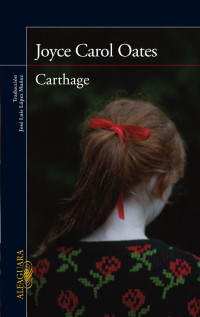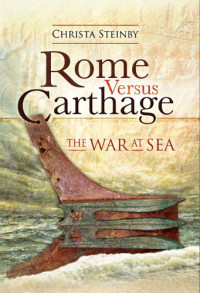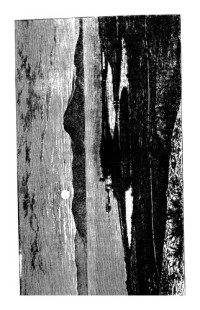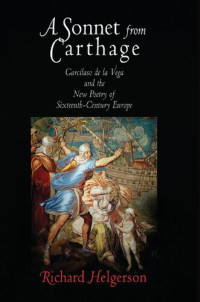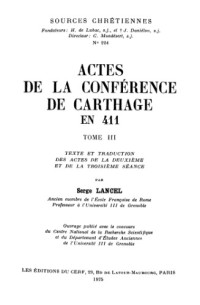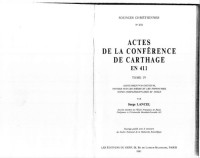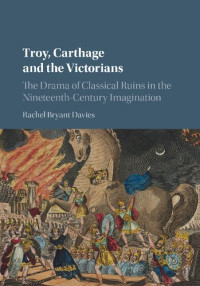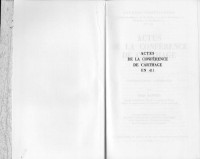
The Ancient Mediterranean Trade in Ceramic Building Materials: A Case Study in Carthage and Beirut
Philip Mills
This study (the second volume in the Archaeopress series devoted to the publication of ceramics in the Roman Mediterranean and outlying territories from the late Republic to late Antiquity) addresses the level of interregional trade of ceramic building material (CBM), traditionally seen as a high bulk low value commodity, within the ancient Mediterranean between the third century BC and the seventh century AD. It examines the impact of different modes of production, distribution and consumption of CBM and how archaeological assemblages differ from what is predicted by current models of the ancient economy. It also explores how CBM can be used to investigate cultural identity and urban form. CBM has great potential in investigating these topics. It survives in large quantities in the archaeological record; it is transported as a commodity in its own right, not as a container for other products like amphorae. The amount of CBM used in a building can be estimated, and this can be extrapolated to urban centres to model consumption in ways that are not possible for other goods. This allows the potential derivation of economic information to a higher level of precision than is the case for other materials. The material used in this study derives from stratified assemblages from two major ports of the ancient Mediterranean: Carthage and Beirut. CBM as a material is comparable to pottery, only it does not exhibit the same range of forms. This leaves fabric as a major means of analysing CBM samples. For this reason a programme of petrological thin sectioning has been carried out on these assemblages. These data have been combined with the taphonomic and dating evidence from the excavations. The results showed that the levels of imports of CBM into these two cities were much higher than would normally be expected from the orthodox model of the consumer city. They also suggest that CBM can be used as a tool to investigate cultural identity.
Categorías:
Año:
2013
Edición:
1
Editorial:
Archaeopress Publishing Ltd
Idioma:
english
Páginas:
142
ISBN 10:
1784910678
ISBN 13:
9781784910679
Archivo:
PDF, 13.64 MB
IPFS:
,
english, 2013
 Amazon
Amazon  Barnes & Noble
Barnes & Noble  Bookshop.org
Bookshop.org  Convierte archivos
Convierte archivos Más resultados de búsqueda
Más resultados de búsqueda Otros beneficios
Otros beneficios 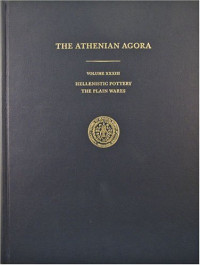
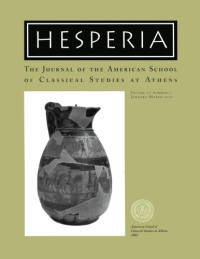

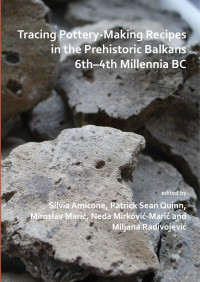
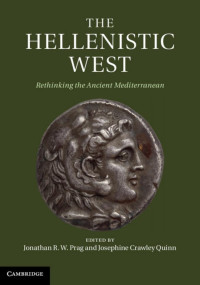
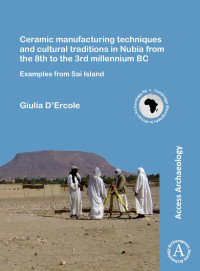


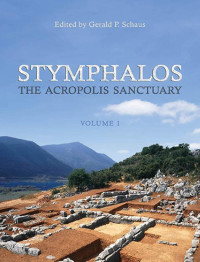
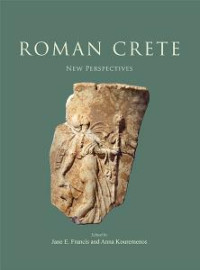
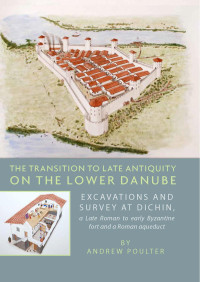


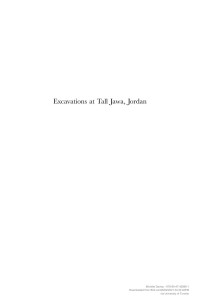
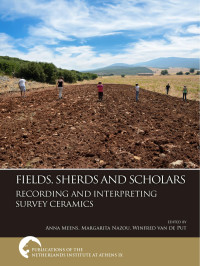
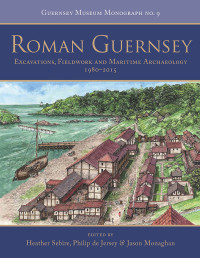
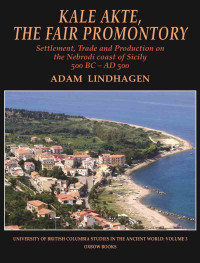
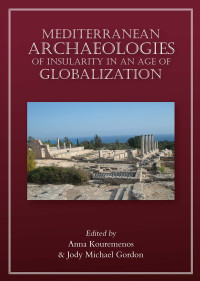
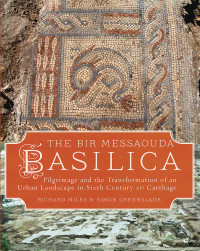

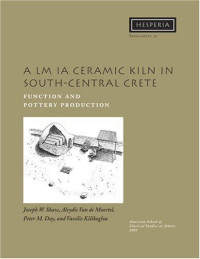
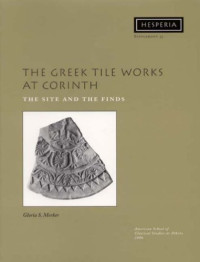
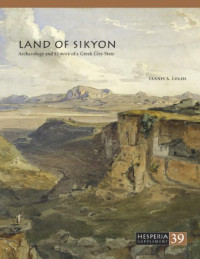

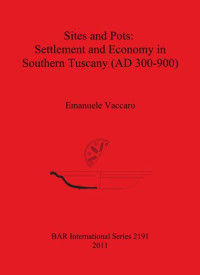
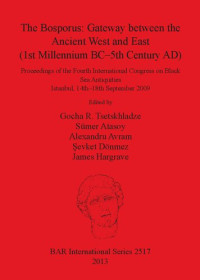
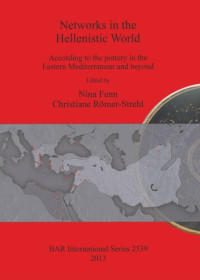
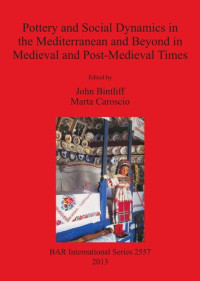
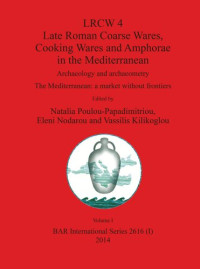
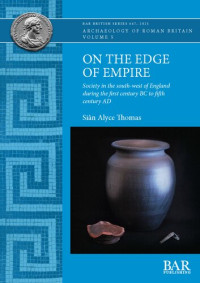
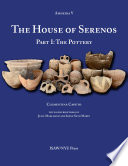
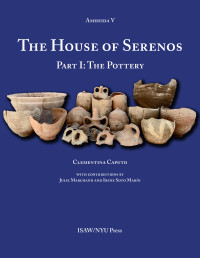
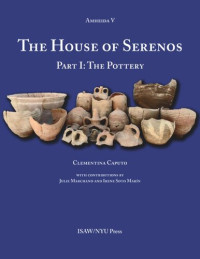

![Gabriele Puschnigg [Puschnigg, Gabriele] — Ceramics of the Merv Oasis: Recycling the City](https://s3proxy.cdn-zlib.se/covers200/collections/userbooks/b50fcef8b3818a3e838834009f6cf48fb67665792dc85f56b03d6d2d0f515333.jpg)
